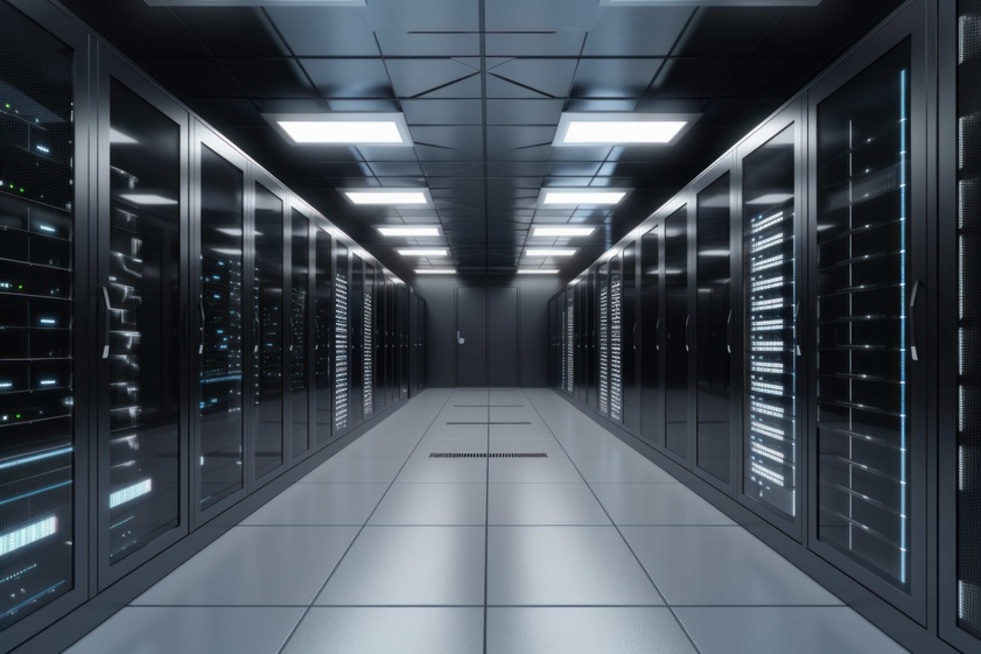
As the edges of the digital world are stretching out, there is increased demand for the infrastructure that will support it. Edge data centers are necessary in this expanding digital world to bear the load of storage, processing, and responding in real-time. If you look at the example of a retail chain, it uses edge data centers at individual store locations to process customer purchases, manage inventory in real time, and provide personalized recommendations without relying on a central data center for every interaction. Hence, as an individual or an enterprise in this digitized world, let’s learn more about what edge data centers are.
What Are Edge Data Centers?
Edge data centers are small, localized facilities that process and store data closer to the end users or devices they serve. Unlike traditional, centralized data centers, which are often located far away, edge data centers are positioned near the “edge” of the network to reduce latency and improve efficiency.
To understand edge data centers, we first need to understand what edge and edge computing mean in the data industry. Edge represents the extreme points of a network, end users, and devices that are connected to that network. Edge computing is a technology that processes data near the end user and sends only necessary and summarized data to the central system. In today’s world, 55% of the world’s population lives in urban areas. According to UN reports, by 2050, we will see 68% of the world’s population is expected to live in urban areas. In a smart city, edge data centers play a pivotal role by processing massive amounts of data generated by traffic cameras, sensors, and public Wi-Fi locally. Similarly, due to the rollout of the 5G network, increased use of IoT devices, and smart technology, the data center architecture needs edge data centers to process and analyze large amounts of data at the regional level to reduce latency. Edge data centers are located near data sources and reduce the data load of central and hyperscale data centers.
Why India Needs Edge Data Centers
India needs edge data centers to significantly reduce latency for users by processing data closer to where it is generated, improving user experience for applications like IoT, 5G, and real-time analytics, especially in geographically diverse regions, while also supporting the country’s rapid digital transformation and growing demand for cloud services; essentially bringing data processing closer to the end-user, enhancing performance and accessibility across India.
Let’s examine the key reasons why India needs edge data centers.
Key reasons why India needs edge data centers:
- Lower Latency:
By positioning data centers nearer to users in Tier 2 and Tier 3 cities, edge computing reduces data travel time. This is essential for applications that require quick response times, such as live streaming, online gaming, and autonomous vehicles.
Increase in IoT Adoption:
With the rise of IoT devices generating large amounts of data at the network edge, that is, at the end of a network like local areas. Edge data centers can process this data locally without sending it to a distant central data center.
- Enhanced User Experience:
In India’s rapidly growing digital landscape, every business needs an effective system to minimize latency and maintain a positive Net Promoter Score (NPS). Thanks to their capability to reduce latency, edge data centers can significantly improve user experience across various sectors, including healthcare, IT, and retail.
- Digital Inclusion:
Bringing edge data centers to rural areas can make a difference in digital access for underserved communities. This means more people can connect online and benefit from the opportunities that come with it. By improving access, we’re not just closing the digital gap but giving everyone a chance to thrive in our increasingly digital world!
- Upgraded 5G Network Support:
5G and edge data centers work together to deliver faster speeds and lower delays. Edge data centers are vital for maximizing the potential of this groundbreaking technology. At the same time, 5G connects more devices and generates massive data; edge data centers process that data close to where it’s created. They can effectively manage high-speed data and ensure fast and seamless operations.
- Compliance with Data Localization:
Edge data centers prioritize both real-time data processing and secure storage. Every firm must comply with data localization requirements, and edge data centers are instrumental in doing so. By storing sensitive data within the country, businesses ensure compliance with laws that demand local data storage. This strategy meets regulatory standards and adds security to sensitive information.
Conclusion:
The edge data center industry will continue expanding in the coming years. Edge data centers have a vital role in meeting the increasing demand for low-latency access to applications and services driven by cloud services, modern technologies, big data, and IoT. While they are local and smaller than the typical data center, they bring computing resources closer to the users they serve and enhance performance. As India marches towards a digital-first future, edge data centers will be pivotal in creating a connected, efficient, and inclusive society.
